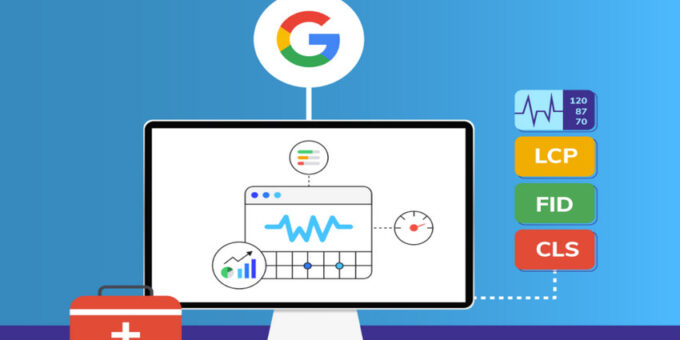
Core Web Vitals impact search rankings and user experience. Google prioritizes sites that load fast and run smoothly. Improving these metrics boosts traffic and engagement. Here’s how you can enhance your website’s performance effectively.
Optimize Largest Contentful Paint (LCP) for Faster Loading
LCP measures how quickly the main content loads. Slow LCP frustrates users and affects rankings. Use fast-loading servers to improve response time. Reduce heavy images that slow down loading speed. Implement lazy loading to prioritize visible content. Minify CSS and JavaScript files for better performance. Additionally, use a content delivery network (CDN) to speed up delivery.
Enhance First Input Delay (FID) for Better Interactivity
FID measures how quickly a page responds to user actions. Slow response time frustrates visitors. Optimize JavaScript execution to reduce delays. Minimize third-party scripts that cause bottlenecks. Enable browser caching for smoother performance. Also, use a fast hosting service to ensure quick responses. Optimizing these factors keeps visitors engaged and reduces bounce rates.
Improve Cumulative Layout Shift (CLS) for Stable Pages
CLS tracks unexpected shifts in page elements. A high CLS score disrupts user experience. Avoid inserting images without defined dimensions. Set width and height attributes for media files. Minimize dynamic content that causes layout shifts. Preload fonts to prevent rendering delays. Also, use CSS animations instead of layout-altering scripts. A stable layout improves readability and navigation.
Use a Content Delivery Network (CDN) for Speed
A CDN distributes website content across global servers. It reduces latency and speeds up loading times. Cached content allows faster access for returning visitors. Choose a reliable CDN for better performance. It also helps manage sudden traffic spikes. Faster load times improve rankings and user experience.
Enable Gzip Compression for Smaller Files
Gzip compresses files before sending them to users. Smaller files load faster and improve performance. Enable Gzip on your web server for better results. Reduce unnecessary code in HTML, CSS, and JavaScript files. Additionally, optimize font files to decrease loading times. These small tweaks make a big difference in page speed.
Reduce Render-Blocking Resources for Faster Performance
Render-blocking scripts delay page loading. Minimize unnecessary JavaScript and CSS files. Use asynchronous loading for non-critical scripts. Implement deferred loading to prioritize essential elements. Inline critical CSS to improve speed. These optimizations enhance user experience significantly.
Optimize Images for Better Loading Speed
Large images slow down websites. Compress images without losing quality. Use next-gen formats like WebP for better performance. Enable lazy loading to delay offscreen images. Also, use responsive images for different devices. Faster images improve site speed and rankings.
Leverage Browser Caching for Faster Access
Caching stores website data for quicker loading. Enable browser caching for repeated visits. Set expiration times for static files. Reduce redundant database queries to improve speed. Moreover, use caching plugins for automated optimization. A well-cached site loads significantly faster.
Minimize Third-Party Scripts for Better Performance
Third-party scripts slow down websites. Remove unnecessary tracking codes and widgets. Use only essential analytics and ads. Load scripts asynchronously to avoid blocking content. Moreover, limit heavy plugins that increase load times. Fewer scripts mean a smoother user experience.
Monitor Performance Regularly for Continuous Improvement
Website performance changes over time. Use Google PageSpeed Insights to track Core Web Vitals. Analyze reports and fix performance issues. Additionally, run tests on different devices and browsers. Regular monitoring keeps your site optimized and competitive.
Improving Core Web Vitals enhances SEO and user experience. Implement these strategies to boost rankings and engagement. A faster, more stable website attracts more visitors and keeps them longer.